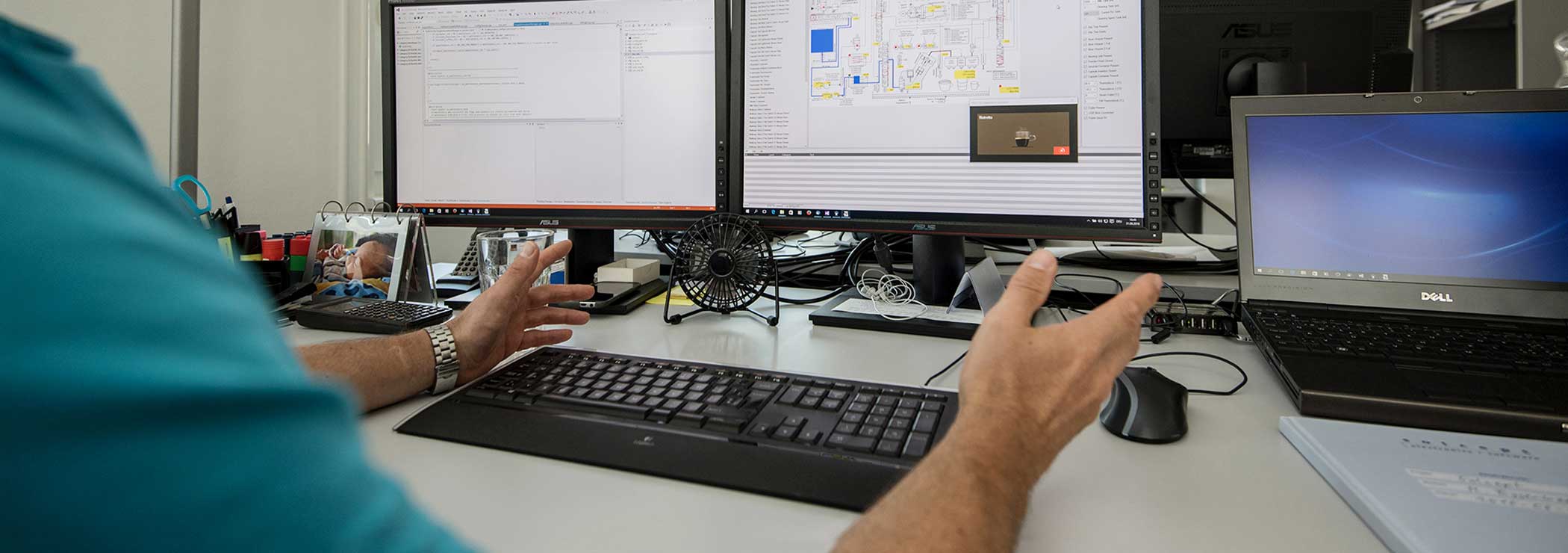| Level | Knowledge | Work Output and Quality | Autonomy | Coping with Complexity | Networked Thinking |
|---|---|---|---|---|---|
| Expert Intuitive (before rationale) decision making | Authoritative knowledge of technical field and deep tacit understanding across area of practice | Excellent results for open tasks are achieved with relative ease in the time estimated | Able to take responsibility for going beyond existing standards and creating own interpretations | Holistic grasp of complex situations, moves between intuitive and analytical approaches with ease, can structure open problems | Sees overall picture and alternative approaches, has a vision of what may be possible |
| Proficient Holistical (before analytical) assessment of context | Deep understanding of technical field and area of practice | Immaculate standard is achieved for open tasks routinely and in the time estimated | Able to take full responsibility for own work (and that of others if applicable) | Deals with complex situations holistically, certain decision-making | Sees overall picture and how individual actions fit within it |
| Competent Recognition (before no) of relevance | Good working and background knowledge of practice | Useful results are reached also for open tasks in the estimated time, though may lack refinement | Able to achieve most tasks using own judgement | Copes with complex situations through deliberate analysis and planning | Identifies actions at least partly in terms of longer-term interrelations |
| Beginner Knowledge in (before without reference to) context | Working knowledge of key aspects of practice | Straightforward tasks likely to be completed to an acceptable standard | Able to achieve some steps using own judgement, but supervision needed for overall task | Appreciates complex situations but only able to achieve partial resolution | Sees actions as a series of steps |
Novice | Minimal or textbook knowledge without connecting it to practice | Unlikely that satisfactory performance is attained unless closely supervised | Needs close supervision or instruction | Little or no conception of dealing with complexity | Tends to see actions in isolation |
The beauty of the table lies in its description of observable behavior. In addition the model has a clear focus on the skills in practice, where e.g. textbook knowledge is necessary but far from sufficient for good performance.
The Expert Can Not Explain It
Who has not yet had the experience that an expert can immediately name the right solution for a problem, but cannot explain to a beginner why this is the right answer. The model also responds to this: the expert finds her/ his solution intuitively, based on the accumulated experience. Whoever stands on a different level needs a rational justification. The expert might be able to deliver this justification only after prolonged thinking.
Use of the Dreyfus Model at Solcept
For all engineers we successfully use the above table for self assessment and assessment by others of their professional roles. The consensus of those assessments is then used to plan training and the assignment of jobs, i.e. the kind of tasks for the employee.
Personally I would see optimization potential with the last two columns of the table. Those could be merged because they are partially redundant.
Do You know Other Models? How do You Use Those?
All models are wrong, but some are useful... What do you think about this?
Andreas Stucki
Do you have additional questions? Do you have a different opinion? If so, email me or comment your thoughts below!


| Donald Lubin
Dear Sir,
Have you considered how the Myers Briggs personality type would fit into your structure of learning?
Andreas Stucki
Dear Mr. Lubin
Thank you very much for your comment!
I never have looked at the model wrt. personality types. As far as I know, the model should be useful independent of personality traits. This is also our experience in practical use.